Home gardens collectively make up a big chunk of the total green space in our cities, which means they have huge potential to support urban diversity. So how do we encourage more people to become wildlife gardeners?
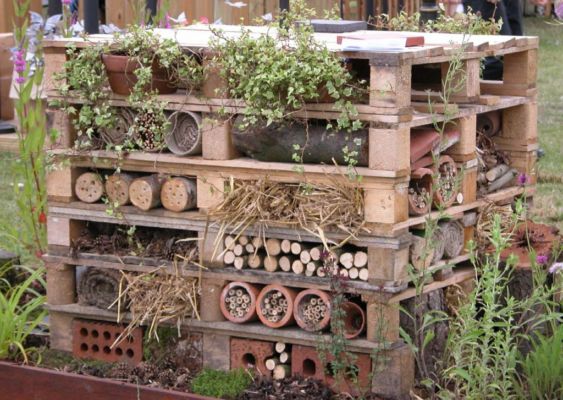
University of Otago researchers Yolanda van Heezik, Claire Freeman, Katherine Davidson and Blake Lewis invited residents of two Dunedin suburbs to try out some free wildlife-friendly gardening activities and investigated how engaged they were 6 months later and what barriers they found to participating. The results of the study are published in the research journal Environmental Management.
So what exactly is ‘wildlife gardening’?
“Wildlife gardening is the term often applied to managing gardens to improve species diversity and ecosystem processes. Wildlife-friendly gardening activities could range from planting native species to providing resources for invertebrates, lizards, and birds.”
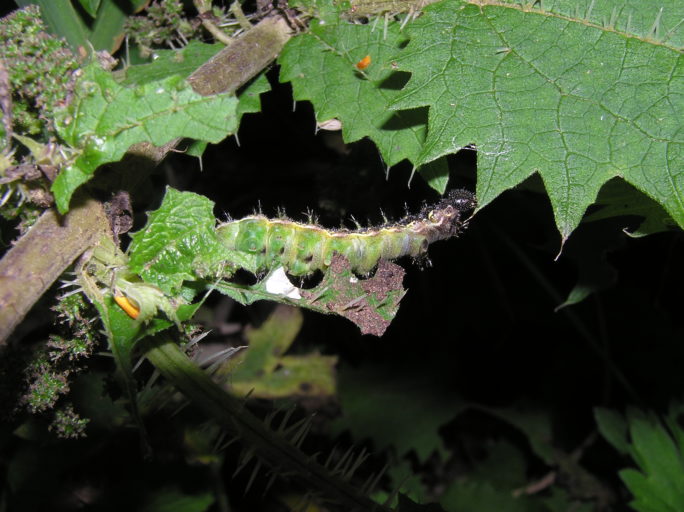
Just letting stinging nettles grow in your garden can encourage native species like red admiral butterflies – but thriving nettles might also attract complaints from neighbours with a more formal gardening style. Social norms are just one of the potential barriers to ‘going wild’.
“Social norms play a significant role in shaping behaviours, as outlined by the conceptual model, the Theory of Planned Behaviour, a well-known social psychological theory that explains human behaviour. Maintaining neighbourhood standards influenced the motivations of a large proportion of householders surveyed in a UK study, although social norms tended not to influence the behaviour of householders already passionate about nature.”
“These can have the effect of reducing overall and native species richness if norms promote manicured garden designs, but different norms might also work to improve native species representation and ecological sustainability. It is important to acknowledge that householders value their gardens for a variety of non-gardening activities, such as relaxation, recreation, and socializing.”
Overseas research has identified a lack of native plants in gardens, so is that an issue in New Zealand?
“Native plants are often poorly represented in gardens in many countries, and gardeners vary widely in their attitudes towards native and non-native species despite the role native vegetation plays in providing habitat and resources for urban wildlife. Urban areas in New Zealand, the geographic focus of this study, are characterized by particularly low native species richness.”
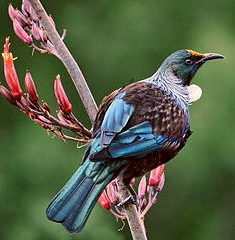
“In Auckland city, 29% of garden trees were native, and in Dunedin a small proportion of woody plants found in gardens were native, with native trees >5-m tall occurring in only 58% of the 55 gardens sampled. Native birds comprise less than a third of the total abundance of birds in Dunedin city, even in suburbs with well-vegetated streets and gardens.”
“Possibly as a result of reduced opportunities to encounter native species, many householders demonstrate poor knowledge of which species are native and which are introduced. Householders frequently prefer plants with larger and more colourful flowers and foliage, and these tend to be the non-native species. However evidence suggests that attitudes towards landscaping with native plants can become more positive if householders are provided with information about the benefits native plants provide for local faunal diversity.”
So there’s room for improvement – and also cause for hope.
“Management decisions made by householders can have more impact on plant and bird richness and abundance than do environmental characteristics such as climate,” say the researchers. “Understanding the various cultural and socio-economic influences of multiple stakeholders, and harnessing their garden management activities in a coordinated way at multiple scales is challenging. One of the biggest challenges is engaging those who would not have undertaken wildlife conservation activities of their own accord. Factors influencing the uptake of proenvironmental garden activities must be understood before any attempt can be made to encourage householders to modify their activities to benefit garden/backyard biodiversity.”
In their paper, the researchers explore the characteristics of New Zealand householders given the choice of different garden activities that could directly or indirectly enhance species richness and identify barriers to ongoing engagement.
“We attempted to recruit householders of all types (engaged and unengaged). We provided 42 householders with two species-enhancing activities, selected from six possibilities, free-of-charge (to remove the barrier of initial cost). We collected socio-demographic data as well as information on knowledge of common urban species, pro-environmental behaviours and nature connectedness. We monitored ongoing engagement at two time points: 1 and 6 months.”
Study participants were recruited from two Dunedin suburbs, through a letter drop informing residents of the study, followed up by door-knocking within a week.
“The two suburbs are lower to middle income suburbs comprising single storey detached homes with gardens. One suburb was characterized by a greater volume of vegetation, but neither were adjacent to remnants of vegetation.”
Recruitment took place throughout December 2018, the first month of summer.
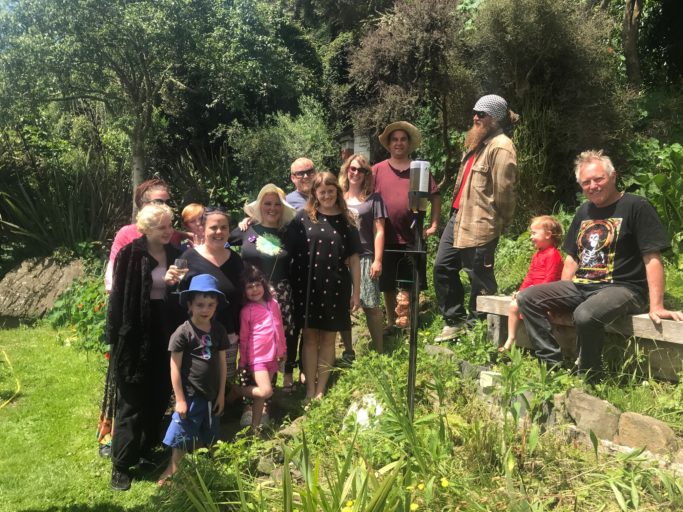
“Participants were asked to choose any two out of six activities with which they could engage in their gardens: a bird feeder designed to provide both sugar water and seeds (PekaPeka®), an artificial cover object and an appropriate shrub to serve as a lizard refuge and habitat, two native shrubs, a planter containing three flowering plants known to be attractive to native (and non-native) bees as a source of nectar and/or pollen (e.g., lavender and other non-native flowering plants), a pile of logs to create invertebrate habitat, and a tracking tunnel with three ink cards, to monitor the presence of mammalian pests.”
The researchers didn’t ask householders to trap pests, but anticipated that detecting their presence could motivate them to join a community trapping initiative.
“All materials were provided free-of-charge, and assistance was given to set activities up. Each activity was accompanied by an attractive information pack, which included further ideas on how to extend the activity (e.g., other species they could plant to provide habitat for lizards and birds, resources for pollinators, or how to move from detecting pest species to trapping them), links to online information and resources, and a link to a Department of Conservation Facebook page set up specifically to encourage urban residents to share experiences and information about garden species. These opportunities were made available to facilitate further engagement. Participants were asked to fill out a questionnaire, and in this explain the reason/s for their selection.”
In total, 42 participants were recruited. Eight participants belonged to environmental groups of some sort (e.g., Greenpeace, Green political party, Forest and Bird and a neighbourhood weed busters group).
“The bird feeder and bee planter were both chosen by 25 participants, the lizard refuge and appropriate plant by 11 participants, the native shrubs by ten participants, the tracking tunnel by eight participants and the log pile by five participants. The most popular combination was the bird feeder and the planter for bees chosen by 16 participants.”
Characteristics of householders opting for different activities varied in terms of their degree of environmental engagement, their knowledge about common species, and the size of their gardens.
“Bird feeders and bee planters were popular with people who did not know the names of common species and were not particularly engaged in pro-environmental activities respectively, whereas lizard habitat creation was attractive to people who were already engaged in wildlife gardening activities. Cost to continue with activities was a significant barrier for some people, but most householders were willing to practice relatively inexpensive activities in small spaces.”
How things looked was important to participants.
“Aesthetics was an important factor to be considered when enhancing invertebrate habitat (e.g., bug hotels are more attractive than log piles, and planters for bees contain colourful flowers). A commonly cited barrier was lack of information about wildlife-friendly activities, despite much being available online. Most participants (85%) talked about their activities with others, potentially acting as influencers and shifting social norms.”
“Twenty-eight householders (74%) said that participating in the study had made them think differently about their garden, and among the nine who said this was not the case, five said they were already doing activities/or thinking about their garden to enhance species. Ten people reported further barriers to continuing with their activities: the most common were cost (N = 7) and time (N = 5), but also health (N = 2) and ‘other’ (N = 5). When asked about positive outcomes, 17 householders (45%) specifically mentioned raised awareness or a new perception of their gardens as biodiverse spaces. One enjoyed the community spirit experienced as one of the recipients of a bird feeder on their street.”
The tracking tunnel was the activity people were least likely to continue with. After 6 months, four out of eight participants were no longer using it, usually because continued use required the purchase of more inked tracking cards.
“Participants were most likely to be still using the bird feeder (two out of 25 were no longer filling it due to winter weather-related issues). Two people out of 11 were no longer checking the lizard artificial cover object, but five had created additional lizard habitat by planting appropriate plants and creating a range of refuges; they expressed the hope that they would eventually attract a lizard to their gardens, but had not done so yet. Four out of five participants were positive about their log piles and had modified the surrounding area to enhance bug habitat.”
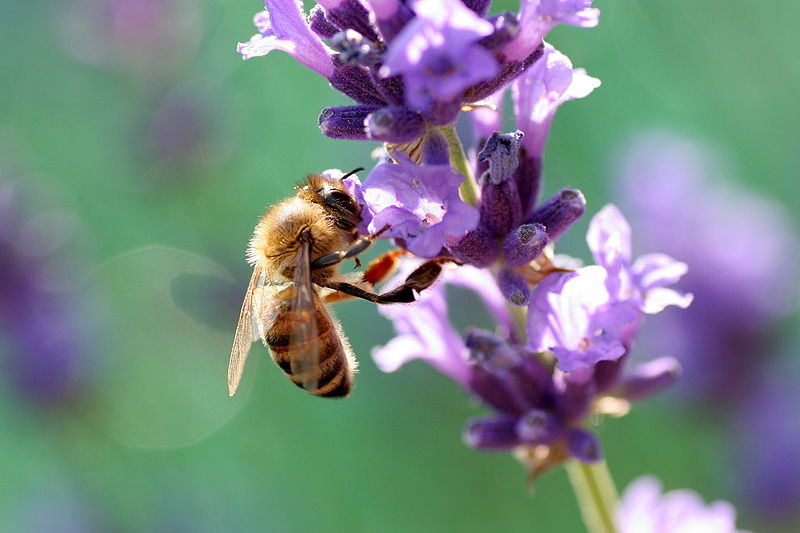
“The bee planter was most likely to be no longer in place (six out of 25), mostly due to annual plants having died (n = 4) and perennial species such as lavender having been removed to be planted out into the garden, however all but one enjoyed the planter and stated they would re-plant it in spring with bee-friendly plants. All but two out of ten participants were positive regarding the native shrubs they planted; one’s plants had died and the other person felt plants were not sufficiently interactive to be enjoyable.”
Bird feeders providing sugar water and planters for bees were the most popular activities.
“By gifting the study participants the feeder, which was the most expensive item, we were able to involve people who might never have considered this activity due to the barrier of cost: those who chose the feeder tended to perceive their socio-economic status as closer to ‘just enough to get by’ rather than ‘comfortable’. The reported barrier of cost of food to continued engagement with bird feeding by some supports this interpretation.”
“People who opted for the bee planters were more likely to have a low score for participation in pro-environmental activities, possibly reflecting a lesser commitment to native species’ conservation. Their choice reflects a widely observed preference for aesthetic traits such as flower size and colour, more likely found in non-native than native species.”
Both non-native and native plants can be pollinated by native and non-native bees. The bee planter involved colourful non-native species and is an activity that might appeal to people who do not have a strong proenvironmental orientation, while still providing benefits for urban native species.
“Very few participants chose the log pile option, which was intended to provide habitat for invertebrates, although creating bug hotels did rank as a popular activity that people would consider doing. We included this option because it was an easy, cheap, and accessible option, particularly as many residents had wood fires, and logs were therefore readily available. However, bug hotels are likely to be more aesthetically pleasing than piles of rotting logs, and could be more successful at engaging people in invertebrate conservation.”
Interaction with field workers also helped motivate participants.
“Although the study was not designed to test the mode of delivery, we believe that householders’ interactions with our field workers were important in generating and maintaining enthusiasm, as has also been reported in other studies. The appointment of local coordinators by local government whose role would be to visit householders to advise them on possibilities in their gardens, and facilitate interconnections and experience-sharing between householders, could create a culture in the community that is both supportive and inspiring. A significant challenge is ongoing engagement. We did not monitor engagement beyond 6 months.”
The full research report is published in Environmental Management. Only the abstract is freely available online.
Uptake and Engagement of Activities to Promote Native Species in Private Gardens (2020)

